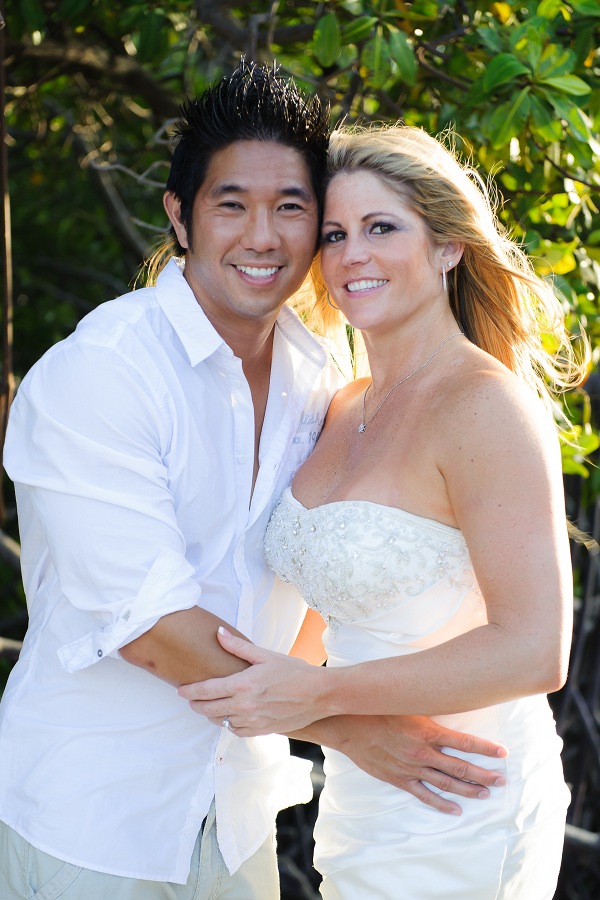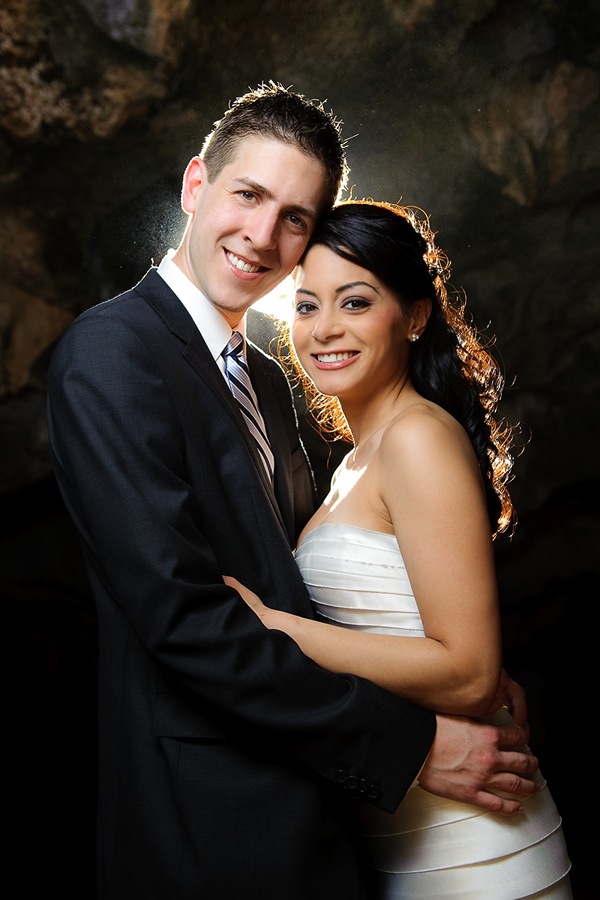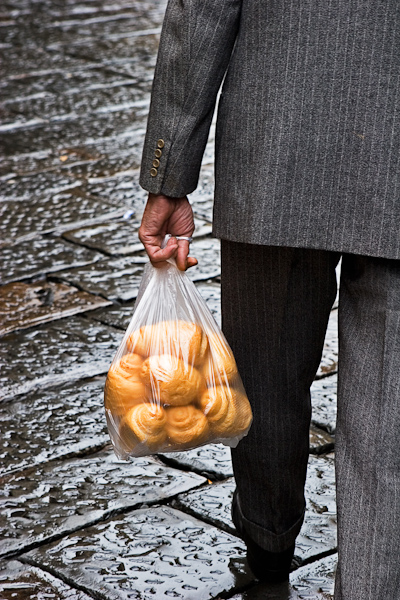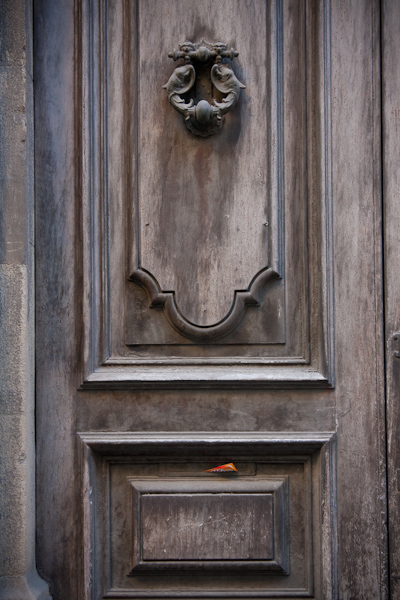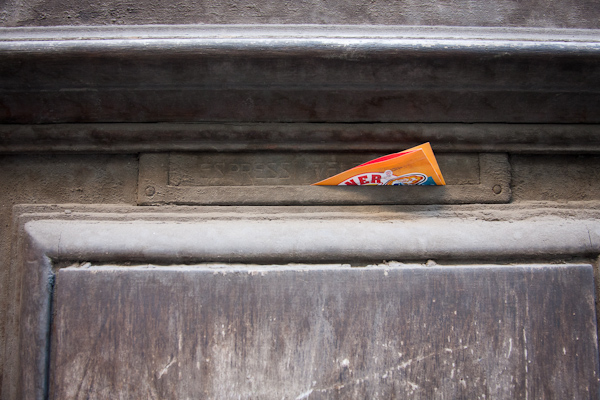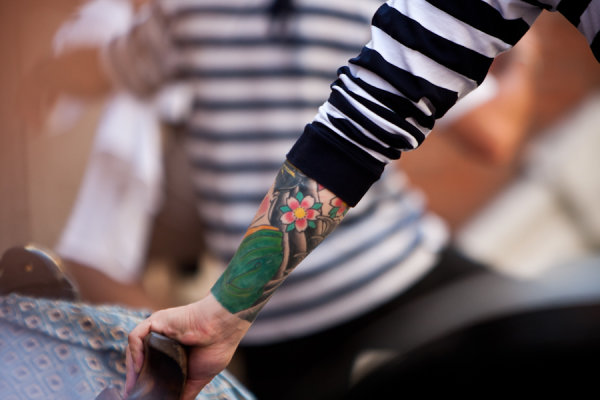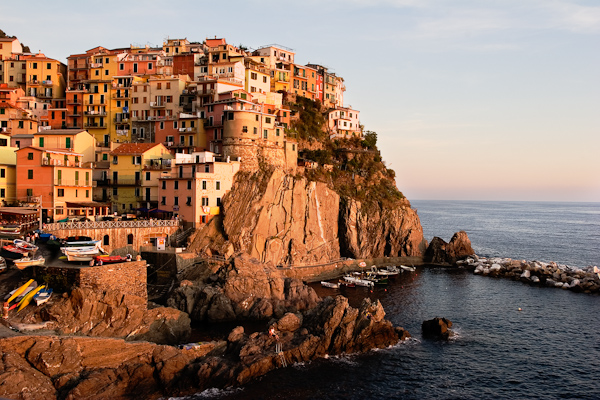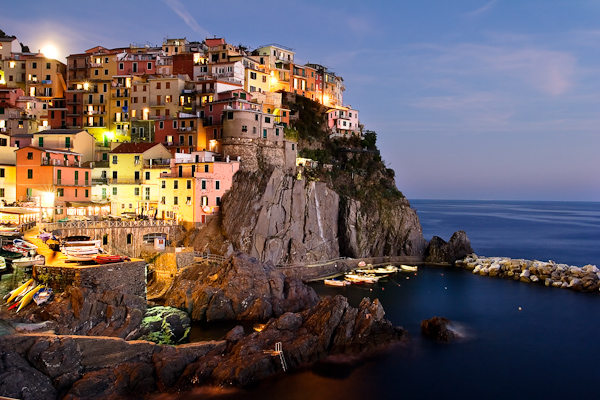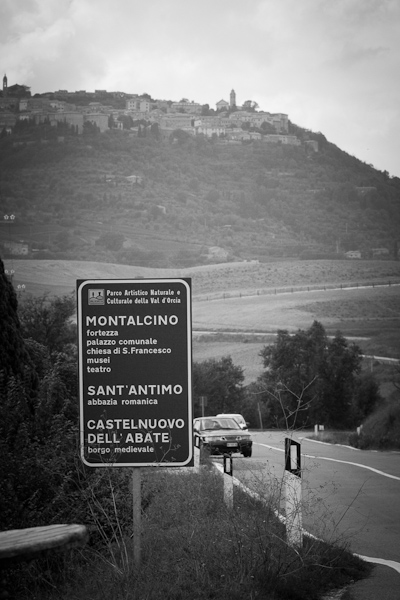Silicon Imaging, the developer of the award-winning SI-2K Digital Cinema camera and Stereo 3D recording systems, has named Burbank-based Band Pro Film and Digital to be its exclusive distributor in the United States and Latin America.
“We're very excited about our newest strategic partnership to expand our sales and service for the SI-2K Cinema Cameras,” says Ari Presler, CEO of Silicon Imaging. “The recent success of the Oscar-winning Slumdog Millionaire has opened up new doors and increased demand for our digital acquisition technology. Band Pro will brings their wealth of experience outfitting digital cinema production equipment and will provide best-in-class technical support, education and service to our growing base of TV and film production clients. Their Burbank and New York facilities are centrally located for access to studios and post production facilities leading the digital acquisition and file-based workflow transition.”
The SI-2K camera system offers unprecedented image quality, modularity and instant editing. It offers up to 11 f-stop dynamic range, a Mini remote head for handheld or stereo-3D shooting and Iridas Speedgrade embedded for 3D-LUT and live green screen keying visualization. It records direct-to-disk in 12-bit uncompressed or encoded to CineformRAW AVI or Quicktime files. These files can be immediately placed on the Apple Final Cut timeline and edited with real-time playback without the need for format conversions or proxies.
Unlike modern HD cameras, which develop and compress colorized imagery inside the camera, the SI-2K streams data as uncompressed raw 'digital negatives' over a standard gigabit Ethernet connection. An Intel Core 2 Duo processor-based computer embedded in the camera, or a laptop tethered up to 100 feet away, process the digital negatives, where they are non-destructively developed and colorized for preview using the cinematographer's desired look.
The SI-2K is fully controlled with an intuitive touchscreen driven display with digital zoom, focus-assist histogram and false-color exposure tools. The integrated P+S Technik Interchangeable Mount System gives the user the flexibility to use a variety of optics including PL, Nikon F, C-mount, and 2/3” B4 HD lenses for shooting with the Zeiss DigiPrime family. An Optical Viewfinder is available with the B4 Lens mount, as well as, an SVGA OLED Electronic Viewfinder for use with the recorders.
Band Pro offers a host of cine-style accessories for the SI-2K including Chrosziel matteboxes and Follow-Focus systems as well as the world-respected Zeiss DigiPrime and DigiZoom lenses. According to Michael Bravin, Chief Technologist at Band Pro, "The DigiPrimes and DigiZooms provide the SI-2K imager with a clean, high contrast, low flare image, resulting in a spectacular picture and unequaled performance, especially in low light levels and backlit scenes."
“Band Pro has been a leader in bringing high end digital acquisition technology to the market and it was only natural for us to form a relationship with Silicon Imaging,” says Band Pro owner Amnon Band. “The new form of capture and workflow is the next big step in cine technology and Band Pro will, as always, put our usual high standards of technological and educational resources behind every SI-2K camera package.”



